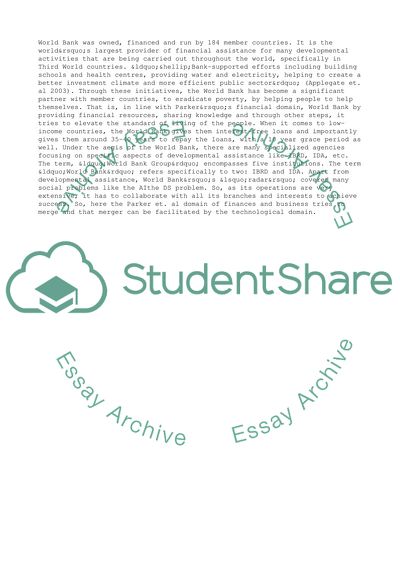Cite this document
(The Organized Human Activity Under the Structure of Organization Research Paper, n.d.)
The Organized Human Activity Under the Structure of Organization Research Paper. Retrieved from https://studentshare.org/business/1737176-strategic-information-systems-analysis
The Organized Human Activity Under the Structure of Organization Research Paper. Retrieved from https://studentshare.org/business/1737176-strategic-information-systems-analysis
(The Organized Human Activity Under the Structure of Organization Research Paper)
The Organized Human Activity Under the Structure of Organization Research Paper. https://studentshare.org/business/1737176-strategic-information-systems-analysis.
The Organized Human Activity Under the Structure of Organization Research Paper. https://studentshare.org/business/1737176-strategic-information-systems-analysis.
“The Organized Human Activity Under the Structure of Organization Research Paper”, n.d. https://studentshare.org/business/1737176-strategic-information-systems-analysis.


